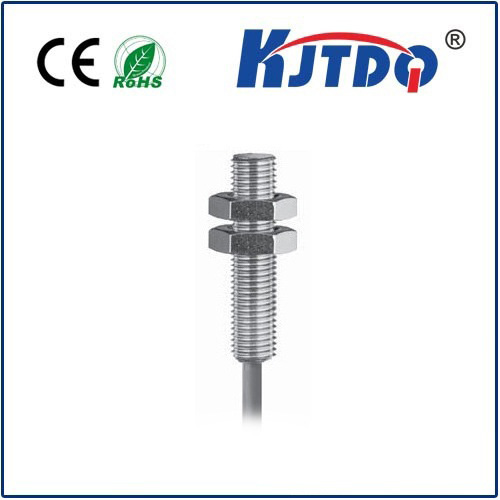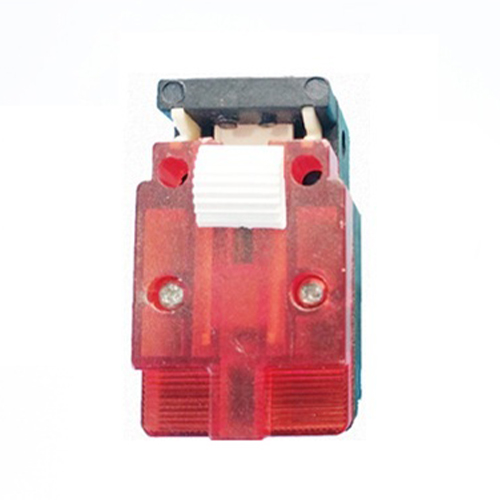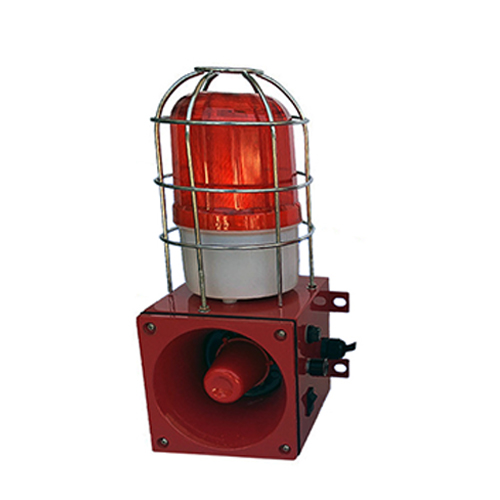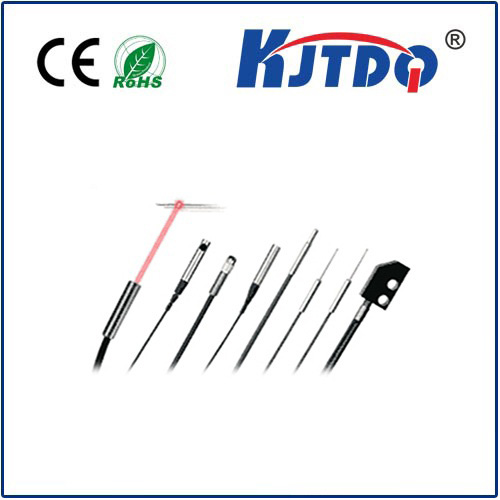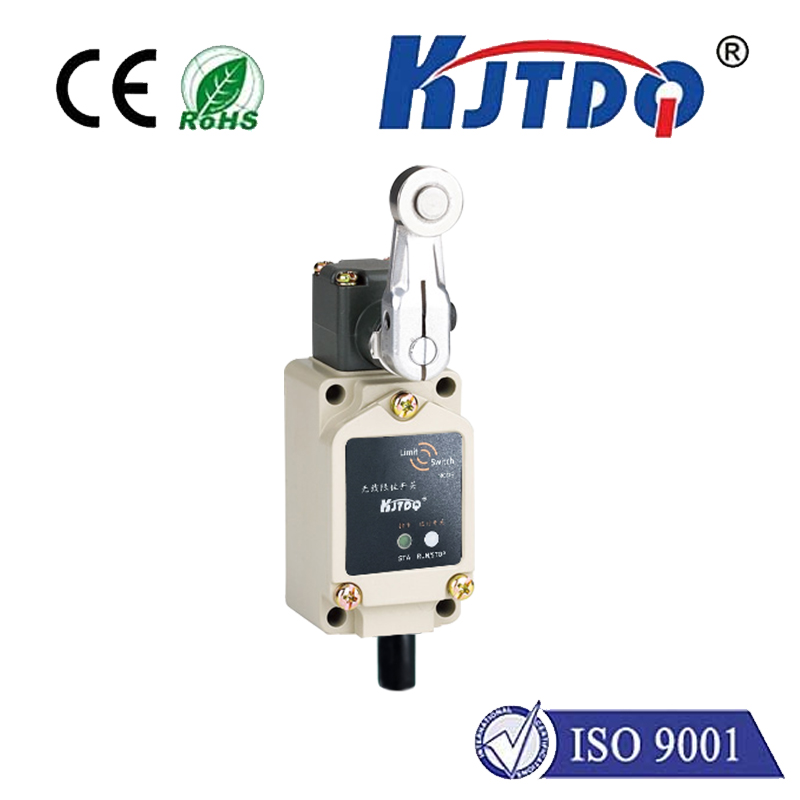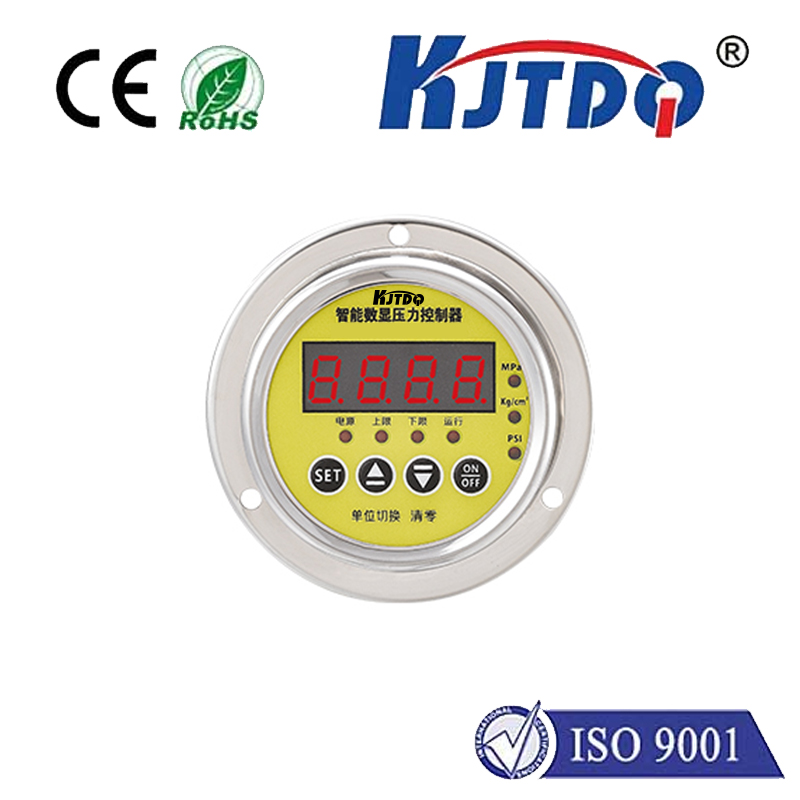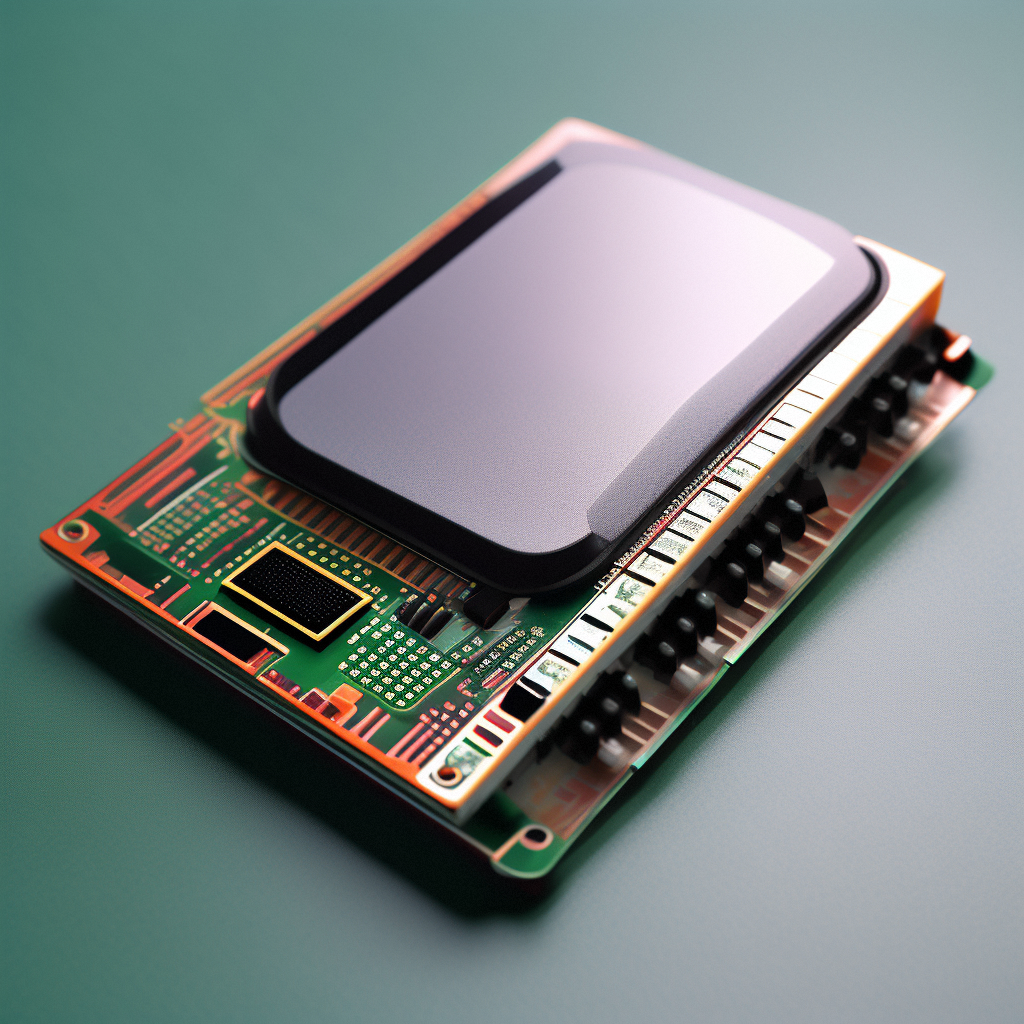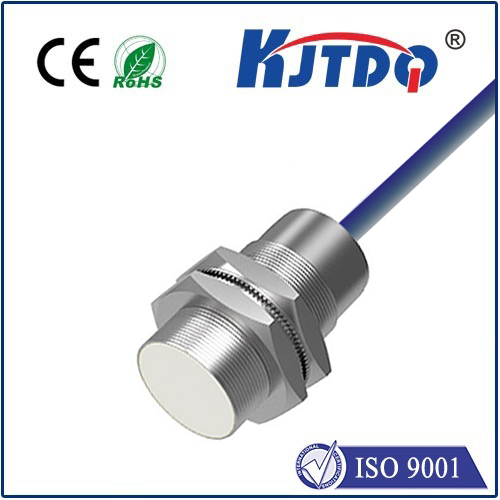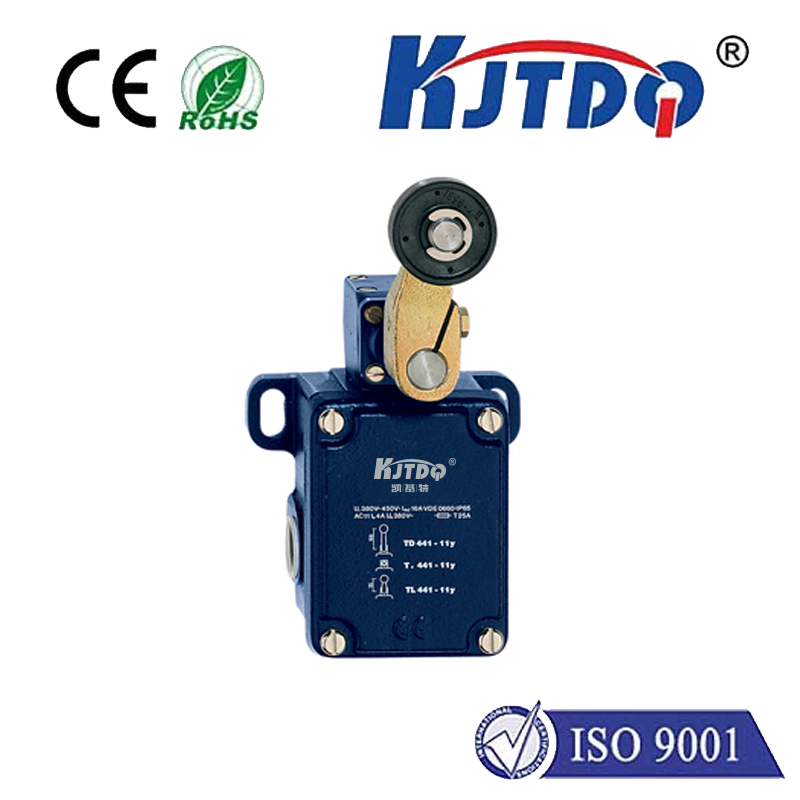proximity sensor esp32
- time:2025-06-26 02:43:53
- Click:0
Unlock ESP32 Proximity Sensor Magic: Build Smarter, Reactive Projects
Have you ever wondered how your phone screen turns off when held to your ear, or how automatic faucets sense your hands? The answer lies in proximity sensors – ingenious devices that detect the presence or distance of nearby objects without physical contact. Combining these sensors with the versatile ESP32 microcontroller unlocks a world of possibilities for creating intelligent, responsive, and power-efficient IoT applications. This article dives into the synergy between proximity sensing and the ESP32, showing you how to integrate them effectively into your next project.
Understanding Proximity Sensing: The Eyes of Your Project
Proximity sensors come in various flavors, each with unique strengths:

- Infrared (IR) Proximity Sensors: Often found in consumer electronics, they emit infrared light and detect its reflection. Distance accuracy is limited but good for basic presence detection (e.g., GP2Y0A21YK0F). They are generally simple and cost-effective.
- Ultrasonic Sensors (like HC-SR04): These work by emitting high-frequency sound waves and measuring the time it takes for the echo to return. They offer better range and accuracy than IR for distance measurement, making them ideal for obstacle avoidance, parking sensors, or liquid level monitoring.
- Capacitive Proximity Sensors: Detect changes in capacitance caused by a conductive object (like a human body) entering their electric field. Perfect for touchless interfaces, detecting hands, or material presence (e.g., MPR121).
- Time-of-Flight (ToF) Sensors: Utilize laser light pulses to measure the time light takes to travel to an object and back. They provide high-precision distance measurements and are less susceptible to environmental interference than IR or ultrasonic sensors (e.g., VL53L0X).
Why the ESP32 is the Perfect Partner for Proximity Sensors
The ESP32, developed by Espressif Systems, isn’t just another microcontroller; it’s a powerhouse tailored for connected devices:
- Dual-Core Processing: Handles sensor data acquisition, signal processing, communication, and application logic simultaneously and efficiently.
- Integrated Wi-Fi & Bluetooth: The game-changing feature. Enables seamless wireless connection to the cloud (sending sensor data, receiving commands), mobile apps, or other devices. Build remote monitoring dashboards or control systems effortlessly.
- Abundant I/O Interfaces: Crucial for sensor interfacing:
- GPIO Pins: Directly connect digital sensors (like simple IR presence detectors or ultrasonic echo/trigger pins).
- Analog-to-Digital Converter (ADC): Essential for reading analog output sensors (like many IR distance sensors) using commands like
analogRead().
- I2C & SPI Interfaces: Connect smarter digital sensors (like capacitive touch ICs or ToF modules) using minimal wires and libraries.
- Low Power Modes: Combine proximity sensing for wake-up triggers (using interrupts) with the ESP32’s deep sleep capabilities to build projects that can run for months or years on batteries.
- Rich Ecosystem: Extensive Arduino Core and ESP-IDF support, plus countless libraries available through the Arduino Library Manager or PlatformIO, simplify integration with almost any proximity sensor.
Bridging the Gap: Connecting Sensors to Your ESP32
Successfully integrating a sensor involves two key steps:
- Hardware Connection:
- Digital Sensors (Ultrasonic Trigger/Echo): Connect trigger pin to an ESP32 GPIO output pin; connect echo pin to an ESP32 GPIO input pin. Add a current-limiting resistor if needed.
- Analog Sensors (IR Distance): Connect sensor output pin to an ESP32 ADC pin (e.g., GPIO32, 33, 34, 35, 36, 39). Ensure stable power (3.3V) and ground.
- I2C Sensors (VL53L0X, MPR121): Connect SDA to ESP32 GPIO21 (usually), SCL to GPIO22 (usually), VCC to 3.3V, GND to GND. I2C requires pull-up resistors (often built into modules).
- Always consult the specific sensor’s datasheet for pinouts and voltage requirements (usually 3.3V or 5V). Use level shifters if connecting a 5V sensor output to the ESP32’s 3.3V input pins.
- Software Integration (Simplified Arduino Core Example):
- Include Libraries: Install and include the necessary libraries (
Wire.h for I2C, specific sensor library like Adafruit_VL53L0X.h).
- Initialize: Set up the communication interface (I2C.begin()) and initialize the sensor.
- Read Data: Use library functions or direct GPIO/ADC reads to get proximity data.
- Process & Act: Convert raw readings into distance or presence information. Apply logic, thresholds, and trigger actions.
Example Code Snippet (Ultrasonic HC-SR04 Principle):
const int trigPin = 5; // ESP32 GPIO for Trigger
const int echoPin = 18; // ESP32 GPIO for Echo
void setup() {
Serial.begin(115200);
pinMode(trigPin, OUTPUT);
pinMode(echoPin, INPUT);
}
void loop() {
// Trigger pulse
digitalWrite(trigPin, LOW);
delayMicroseconds(2);
digitalWrite(trigPin, HIGH);
delayMicroseconds(10);
digitalWrite(trigPin, LOW);
// Measure Echo pulse duration
long duration = pulseIn(echoPin, HIGH);
// Calculate distance (cm, speed of sound ~343 m/s)
float distance_cm = duration * 0.0343 / 2;
Serial.print("Distance: ");
Serial.print(distance_cm);
Serial.println(" cm");
delay(100); // Adjust delay for required sensing rate
}
Unleash Your Creativity: ESP32 Proximity Sensor Project Ideas
The combination is incredibly versatile:
- Touchless Automation:
- Smart Lighting: Use ultrasonic or IR sensors to detect room occupancy, turning lights on/off automatically for significant energy savings.
- Hands-Free Dispensers: Build capacitive or IR-based soap, sanitizer, or paper towel dispensers for hygiene.
- Gesture Controls: Use multiple proximity sensors or specialized gesture ICs for basic control of appliances, media players, or presentations.
- Safety & Security:
- Intruder Alert System: Place ultrasonic or IR sensors near windows/doors to detect movement and send instant alerts via Wi-Fi/Bluetooth.
- Collision Avoidance: Integrate ultrasonic sensors into robots,












